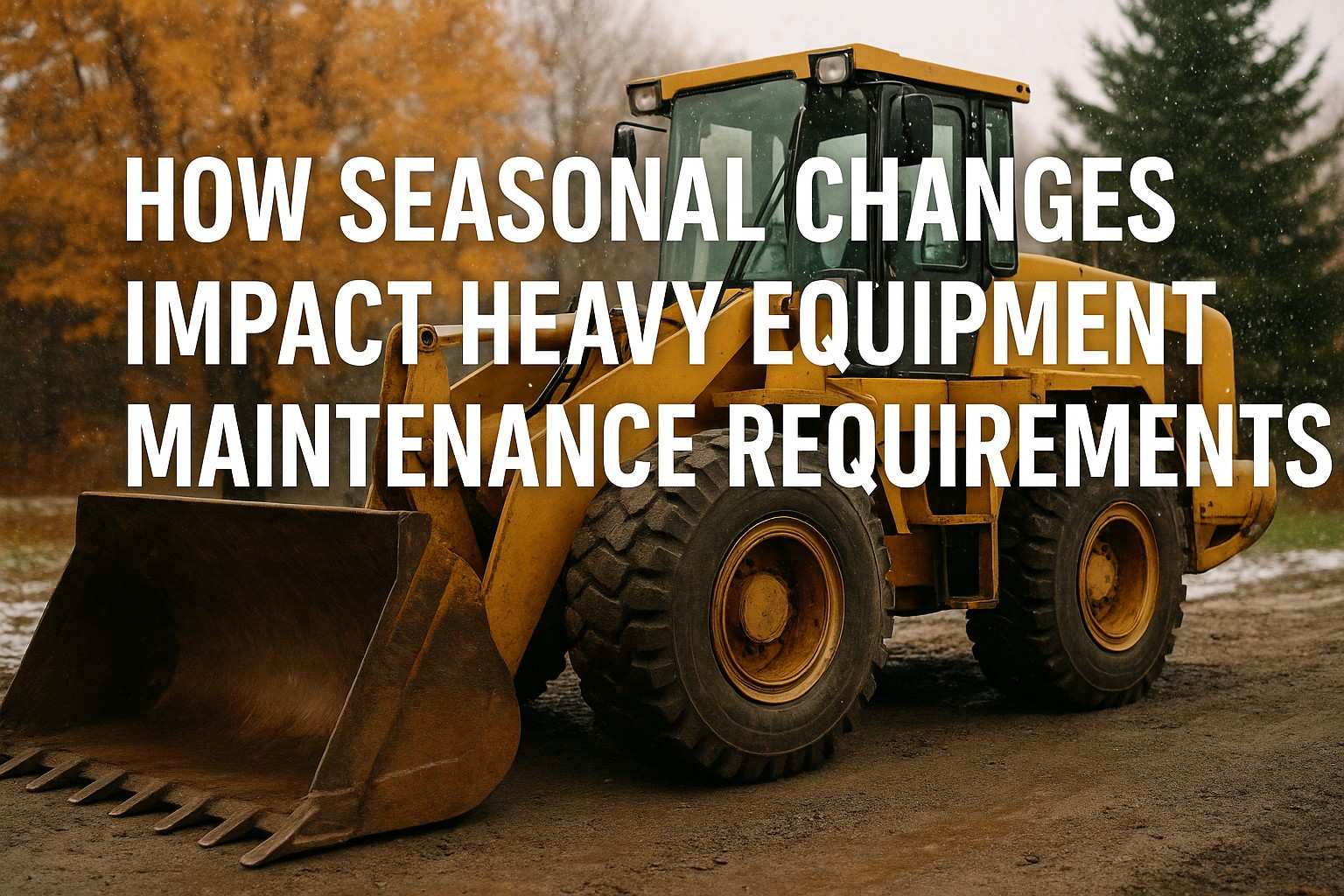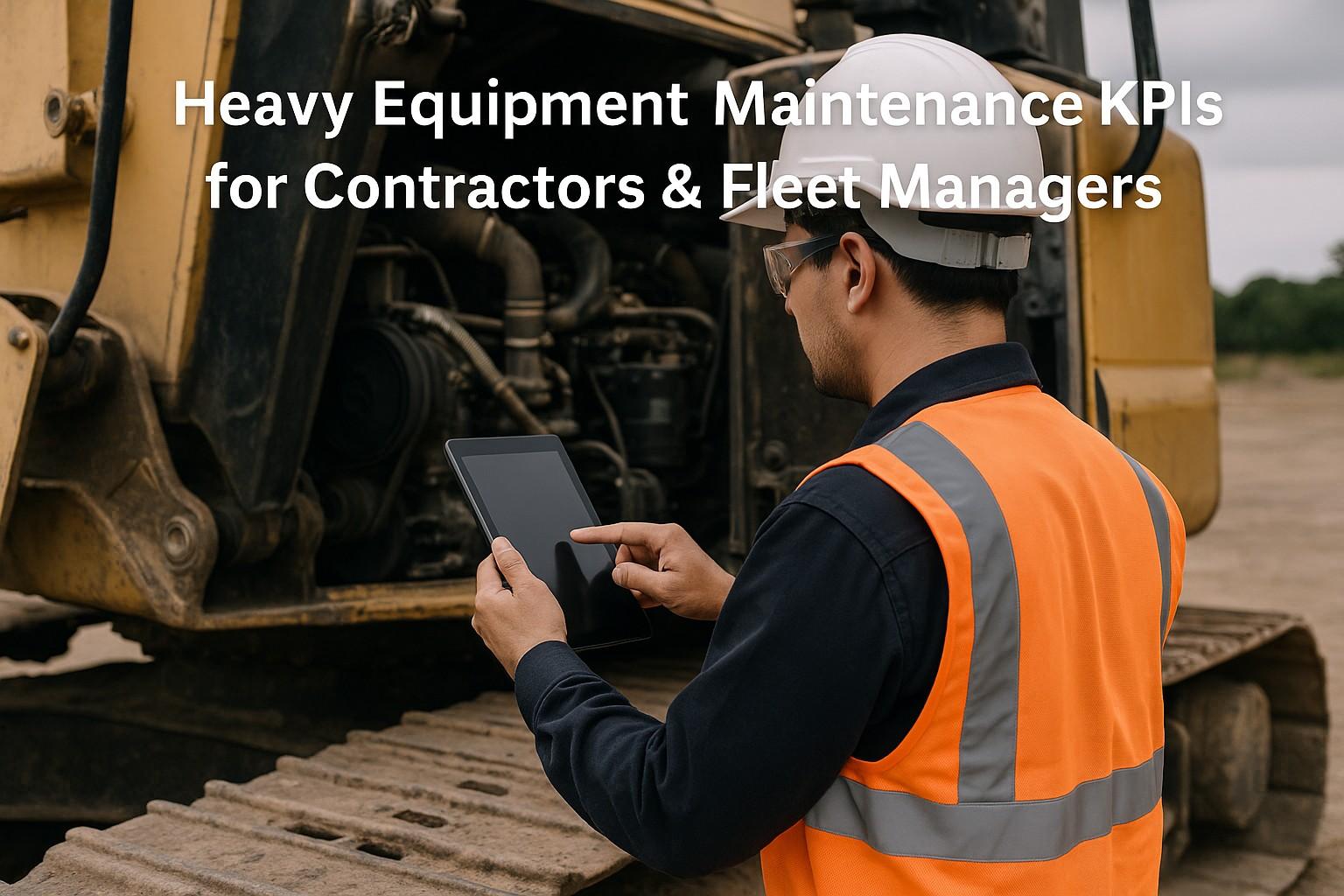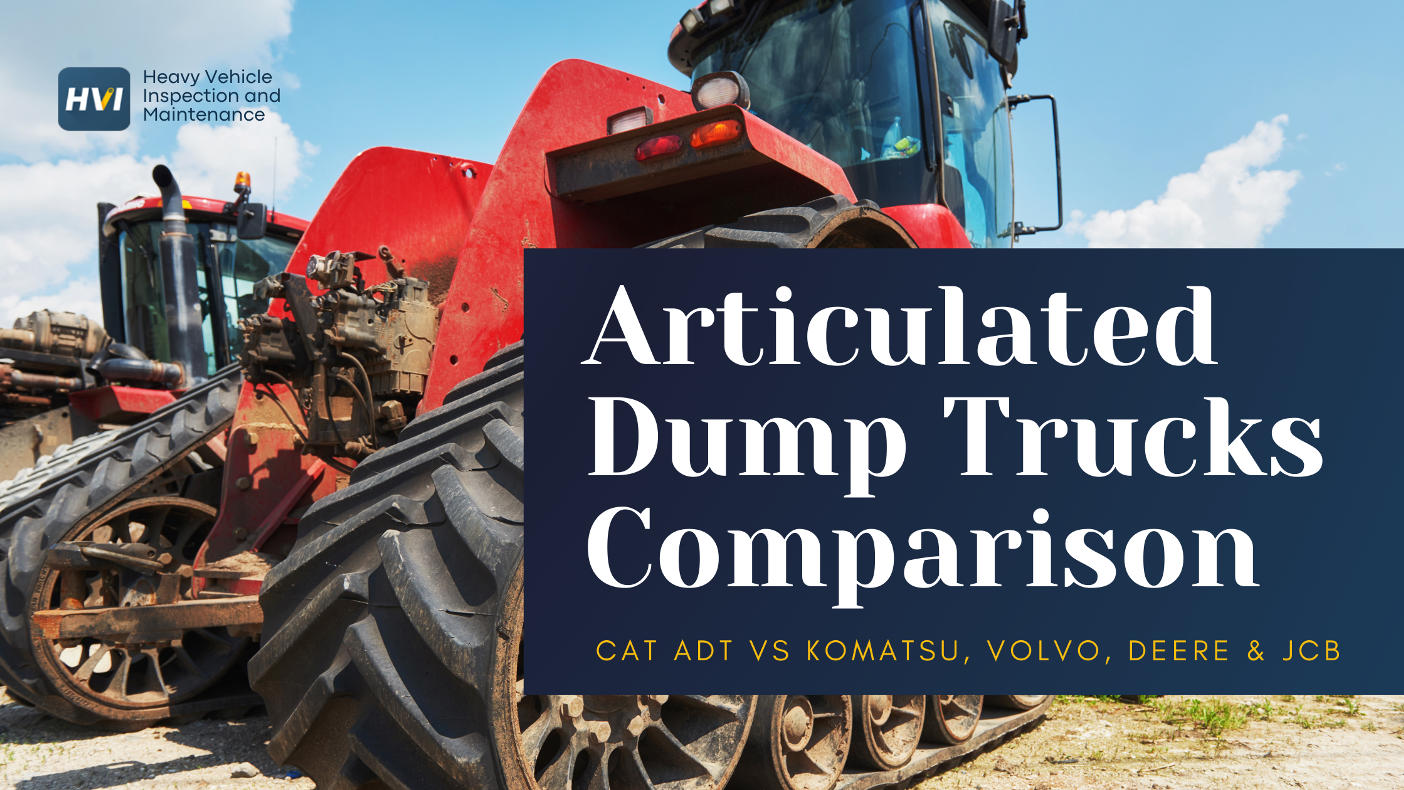Meeting DOT DVIR compliance standards is a critical component of managing a fleet of vehicles or off-road machinery. Failure to comply with these standards can lead to severe consequences, including costly fines, reduced fleet efficiency, and compromised safety for drivers and the public. In this comprehensive blog post, we'll delve into the best practices for conducting vehicle inspections, utilizing the right tools, and ensuring your fleet meets DOT DVIR compliance standards.
The Importance of DVIR Compliance
DVIR compliance is crucial for several compelling reasons:
Enhanced safety: Regular vehicle inspections help identify potential safety issues, significantly reducing the risk of accidents and breakdowns.
Legal obligations: The Department of Transportation (DOT) mandates DVIRs for commercial vehicles, and non-compliance can result in substantial penalties.
Improved fleet efficiency: Proactive maintenance through DVIRs minimizes vehicle downtime and reduces repair costs.
According to the Federal Motor Carrier Safety Administration (FMCSA), a staggering 29% of commercial vehicle accidents are caused by equipment failure, underscoring the paramount importance of thorough vehicle inspections.
When to Conduct DVIRs
To maintain compliance and ensure vehicle safety, DVIRs should be conducted at the following intervals:
Pre-shift inspections: Drivers must complete a comprehensive pre-trip inspection to verify that the vehicle is safe to operate.
Post-shift inspections: Post-trip inspections help identify any issues that may have arisen during the day's operations.
Periodic inspections: Regular, in-depth inspections should be conducted by trained technicians to maintain vehicle health and longevity.
Dustin Johnson, a seasoned fleet manager with over 15 years of experience, states, "Implementing a consistent DVIR process has helped our fleet reduce equipment-related accidents by an impressive 35% and significantly improve overall efficiency."
How to Conduct Effective DVIRs
Step-by-Step Guide:
- Pre-Trip Inspection: The driver should inspect all critical components, including brakes, steering, lighting, and tires, to ensure everything is in working order.
- Report Generation: Any defects or irregularities identified during the inspection must be noted in the DVIR. If no issues are found, this should also be recorded.
- Post-Trip Review: At the end of the day, a review is done to catch any issues that may have arisen during operation.
- Sign Off: Both the driver and a mechanic (if repairs were needed) must sign off on the DVIR to confirm that all issues have been addressed or that the vehicle was found to be in good condition.
How to Conduct Vehicle Inspections
A meticulous vehicle inspection should encompass the following critical areas:
Tires and wheels: Check for proper inflation, adequate tread depth, and any visible damage.
Brakes: Inspect brake pads, rotors, and fluid levels to ensure optimal performance.
Lights and mirrors: Verify that all lights and mirrors are functioning correctly and provide clear visibility.
Fluids: Check engine oil, coolant, and other essential fluid levels to prevent engine damage.
Steering and suspension: Inspect for any excessive play or unusual noises that may indicate wear or damage.
Safety equipment: Confirm the presence and proper condition of safety gear, such as fire extinguishers and reflective triangles.
Tools for Efficient DVIRs
Utilizing the right tools can streamline the DVIR process and ensure accurate reporting. The HVI App is a cutting-edge digital solution that offers a range of powerful features:
Customizable vehicle checklists: Tailor inspection points to your fleet's specific needs.
Real-time defect reporting: Instantly notify maintenance teams of any issues discovered during inspections.
Automated maintenance scheduling: Ensure timely repairs and prevent breakdowns.
Compliance tracking and reporting: Monitor DVIR completion rates and maintain detailed records for audits.
"Since adopting the HVI App, our team has experienced a remarkable 25% reduction in vehicle downtime and a 20% increase in DVIR completion rates," remarks Sarah Thompson, a fleet owner who has witnessed firsthand the transformative benefits of digital DVIR tools.
Overcoming DVIR Challenges
Fleets often face common challenges in maintaining DVIR compliance, including:
Inconsistent inspections: Ensuring that drivers complete thorough inspections consistently can be a daunting task.
Paper-based processes: Traditional paper DVIRs are time-consuming, error-prone, and difficult to manage.
Maintenance follow-up: Tracking and addressing reported defects can be challenging without a centralized system.
The HVI App effectively addresses these challenges by providing a user-friendly, digital platform that guides drivers through the inspection process and automatically alerts maintenance teams to reported issues, streamlining the entire DVIR workflow.
DVIR Best Practices for Off-Road Machinery
While DVIRs are commonly associated with commercial vehicles, they are equally essential for off-road machinery. Implementing a DVIR process for off-road equipment can yield significant benefits:
Extended equipment lifespan: Regular inspections help identify and address issues before they escalate, prolonging the life of your machinery.
Reduced repair costs: Proactive maintenance through DVIRs minimizes the need for costly repairs and unexpected breakdowns.
Enhanced operator safety: Ensuring that off-road machinery is in proper working condition reduces the risk of accidents and injuries.
When conducting DVIRs for off-road machinery, pay special attention to the following components:
Hydraulic systems: Check for leaks, proper fluid levels, and any signs of damage or wear.
Tracks or tires: Inspect for proper tension, alignment, and overall condition.
Attachment points: Verify that all attachments are securely fastened and in good working order.
Safety guarding: Confirm that all necessary guards and protective devices are in place and functioning correctly.
Industry Impact and ROI
Implementing a robust DVIR process can have a profound impact on the entire fleet industry. By prioritizing vehicle inspections and maintenance, fleets can:
Reduce accidents and liability risks: Well-maintained vehicles are less likely to cause accidents, protecting drivers, the public, and the company from potential legal issues.
Improve fuel efficiency: Regular inspections help identify issues that can negatively impact fuel consumption, leading to cost savings.
Extend vehicle lifespans: Proactive maintenance through DVIRs helps prevent premature wear and tear, extending the useful life of vehicles and equipment.
Enhance overall fleet performance: A well-maintained fleet is more reliable, efficient, and productive, contributing to the overall success of the business.
Investing in DVIR compliance tools, like the HVI App, can provide a substantial return on investment (ROI). Fleets that adopt digital DVIR solutions report an average ROI of 45% within the first year, thanks to reduced vehicle downtime, improved maintenance workflows, and increased driver productivity.
The Future of DVIR Compliance
As technology continues to advance, the future of DVIR compliance is increasingly digital. Emerging trends shaping the industry include:
AI-powered defect detection: Artificial intelligence algorithms can analyze inspection data to identify potential issues before they cause breakdowns.
Predictive maintenance analytics: Advanced analytics can predict when components are likely to fail, allowing fleets to schedule maintenance proactively.
Integration with telematics systems: Combining DVIR data with telematics information provides a comprehensive view of vehicle health and performance.
By staying ahead of the curve and adopting innovative DVIR solutions, fleets can maintain a competitive edge and ensure long-term success in an evolving industry.
Conclusion
Meeting DOT DVIR compliance standards is a vital aspect of maintaining a safe, efficient, and profitable fleet. By understanding the importance of vehicle inspections, conducting thorough DVIRs, and leveraging digital tools like the HVI App, fleet managers can streamline compliance processes and unlock the full potential of their vehicles and off-road machinery.
Don't let DVIR compliance be a burden on your fleet. Sign up for the HVI App today and experience the benefits of digital vehicle inspections firsthand. As a special offer, download our free vehicle checklist to help ensure your fleet is always in top shape and ready to tackle any challenge.
FAQ's: DOT DVIR Compliance Standards
- What is a DVIR, and why is it crucial for fleet safety?
A: A DVIR is a daily inspection performed by drivers to ensure vehicle safety. It helps identify potential issues, proactively maintain vehicles, and comply with DOT regulations, ultimately prioritizing the safety of drivers and the public.
- How often should DVIRs be conducted, and what areas should be inspected?
A: DVIRs should be conducted before and after each shift, as well as periodically by trained technicians. Key areas to inspect include tires and wheels, brakes, lights and mirrors, fluids, steering and suspension, and safety equipment.
- What are the benefits of using digital DVIR tools like the HVI App?
A: Digital DVIR tools like the HVI App offer customizable checklists, real-time defect reporting, automated maintenance scheduling, and compliance tracking. They reduce vehicle downtime, improve DVIR completion rates, and provide a centralized platform for managing inspection data.
- How can DVIRs help maintain off-road machinery?
A: Implementing a DVIR process for off-road machinery extends its lifespan, reduces repair costs, and enhances operator safety. Regular inspections of key components like hydraulic systems, tracks or tires, attachment points, and safety guarding help prevent costly breakdowns.
- What is the future of DVIR compliance, and how can fleets stay ahead of the curve?
A: The future of DVIR compliance is digital, with AI-powered defect detection, predictive maintenance analytics, and telematics integration. Fleets should adopt innovative DVIR solutions, invest in digital tools, and stay informed about industry trends to maintain a competitive edge.




